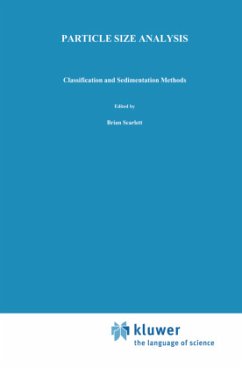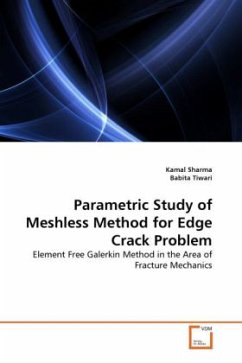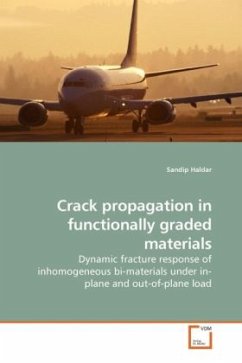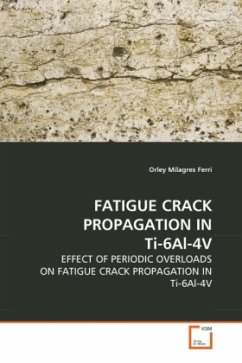
A Support Vector Machine Model for Pipe Crack Size Classification
Reseach on SVM Classification
Versandkostenfrei!
Versandfertig in 6-10 Tagen
32,99 €
inkl. MwSt.

PAYBACK Punkte
16 °P sammeln!
The classification of pipe crack size from its pulse- echo ultrasonic signal is a difficult task but greatly significant for defect evaluation in pipe testing and the maintenance strategy making. In this book, we use Support Vector Machines (SVM) to classify the pipe crack into correct categories, large size or small size, with the ultrasonic signal data. In order to acquire an optimal input data set, we first select the features from the time and frequency domain on the ultrasonic data. Then a combined method, Sequential Backward Selection (SBS) and Sequential Forward Selection (SFS), is used...
The classification of pipe crack size from its pulse- echo ultrasonic signal is a difficult task but greatly significant for defect evaluation in pipe testing and the maintenance strategy making. In this book, we use Support Vector Machines (SVM) to classify the pipe crack into correct categories, large size or small size, with the ultrasonic signal data. In order to acquire an optimal input data set, we first select the features from the time and frequency domain on the ultrasonic data. Then a combined method, Sequential Backward Selection (SBS) and Sequential Forward Selection (SFS), is used for features reduction. These two steps are referred as data preprocessing in this book. To build SVM classifier, parameter selection is critical. In this book, a Kernel Fisher Discriminant Ratio (KFD Ratio) is proposed for speeding the parameter selection of the SVM classifier. As an indicator, KFD Ratio can greatly shorten computation time for finding the best parameters. To further improve the performance of the SVM classifier in terms of classification accuracy, a data dependent kernel is adopted for creating a more effective one.












